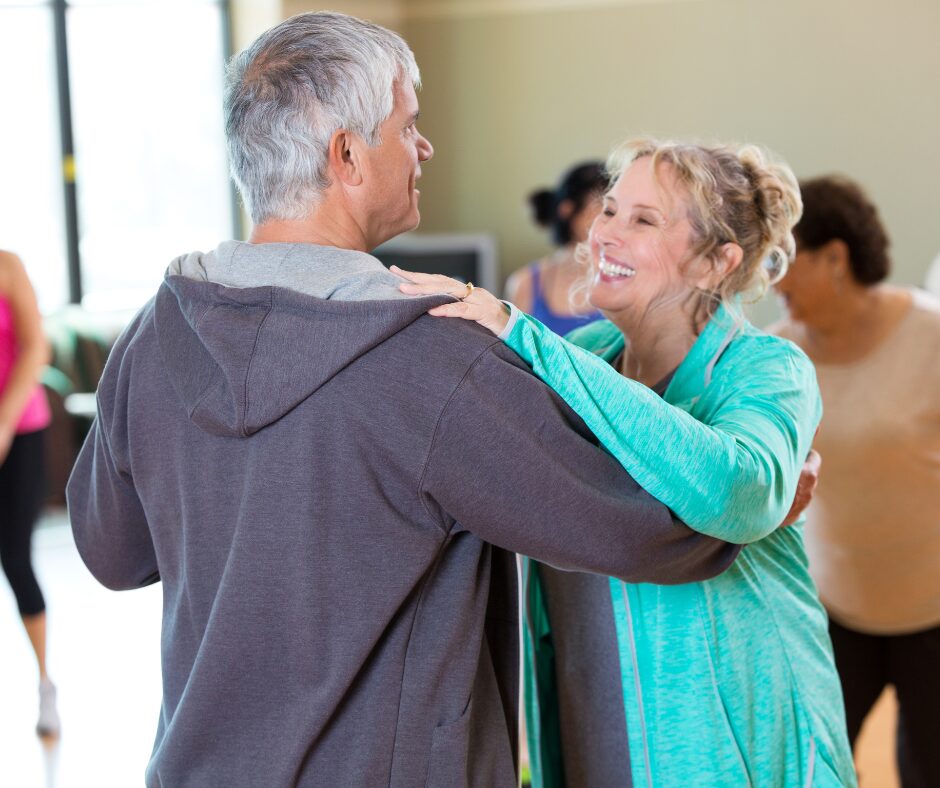Embarking on the journey of dance is an exciting and rewarding experience. Whether you dream of gliding across a ballroom floor, mastering intricate hip-hop grooves, or expressing yourself through contemporary movement, every dancer starts with the fundamentals. Building a strong foundation of essential dance skills will not only accelerate your progress but also enhance your enjoyment and prevent potential injuries. This blog post will guide you through the core elements every beginner dancer should focus on.
1. Posture and Alignment: Your Body’s Blueprint
Think of posture as the architecture of your dance. Proper alignment ensures your body is balanced, allowing for efficient movement and reducing strain. Imagine a straight line running from your earlobe through your shoulder, hip, knee, and ankle. Engaging your core muscles is crucial for maintaining this alignment. Practice standing tall with your shoulders relaxed, chest open, and a slight tuck in your pelvis. Good posture translates to better balance, smoother transitions, and a more confident presence on the dance floor.
2. Balance and Weight Transfer: The Art of Staying Grounded (and Moving)
Dance is dynamic, requiring constant shifts in weight. Developing a strong sense of balance is paramount. Start with simple exercises like standing on one leg, gradually increasing the duration. Practice transferring your weight smoothly from one foot to the other, paying attention to how your body adjusts. Understanding weight transfer is key to executing turns, steps, and combinations with control and grace. Explore different ways of shifting your weight – forward, backward, sideways – to build a comprehensive understanding.
3. Coordination and Timing: Moving in Harmony
Coordination involves the ability to move different parts of your body together in a controlled and purposeful way. Timing, on the other hand, is the ability to move in sync with the music or a rhythmic beat. Begin with basic movements that involve coordinating your arms and legs. Listen attentively to the music, identifying the main beats and trying to match your steps to them. Practice simple rhythmic patterns and gradually increase the complexity. Coordination and timing are developed through consistent practice and focused attention.
4. Basic Steps and Vocabulary: Building Blocks of Dance
Every dance genre has its own set of fundamental steps and vocabulary. Familiarize yourself with these building blocks. For example, in ballet, you’ll learn pliés, tendus, and relevés. In hip-hop, you might start with basic bounces, slides, and grooves. Understanding these foundational movements will provide you with the language to learn more complex choreography. Don’t be afraid to break down steps into smaller parts and practice them slowly until you feel comfortable.
5. Musicality and Expression: Connecting with the Rhythm and Emotion
Dance is more than just executing steps; it’s about expressing yourself through movement and connecting with the music. Pay attention to the nuances of the music – its tempo, rhythm, dynamics, and mood. Try to embody the feeling of the music in your movements. Experiment with different qualities of movement – sharp and staccato for energetic music, fluid and sustained for slower melodies. Musicality and expression add depth and personality to your dancing.
6. Flexibility and Strength: Supporting Your Movement
While you don’t need to be a gymnast to start dancing, developing a basic level of flexibility and strength will significantly improve your technique and prevent injuries. Incorporate gentle stretching exercises into your routine to increase your range of motion. Focus on strengthening your core, legs, and ankles, as these muscle groups are crucial for stability and control. Consistency is key – even short, regular sessions of stretching and strengthening can make a big difference.
7. Spatial Awareness: Navigating Your Dance Environment
Spatial awareness is the ability to understand your body’s position in relation to the space around you and other dancers. Practice moving around a designated area, paying attention to where you are in relation to the walls and imaginary lines. This is particularly important in group classes or social dancing to avoid collisions and maintain spacing. Understanding spatial awareness will help you move confidently and safely in any dance environment.
Embark on Your Dance Adventure
Mastering these essential dance skills takes time and dedication, but the journey is incredibly rewarding. Be patient with yourself, celebrate your progress, and most importantly, enjoy the process of learning and expressing yourself through dance. By focusing on these fundamentals, you’ll build a solid foundation that will allow you to explore various dance styles and reach your full potential on the dance floor. So, put on your dancing shoes and start your exciting dance adventure today!

